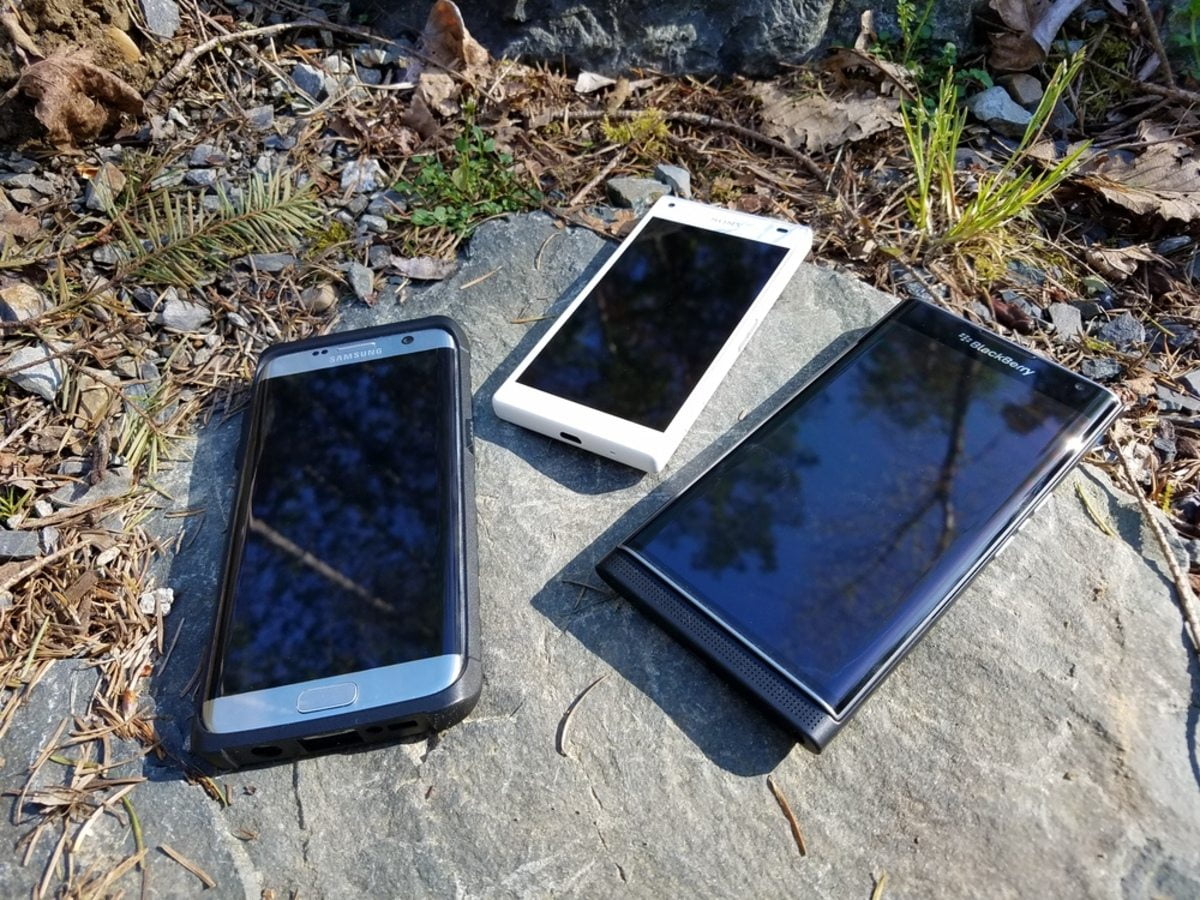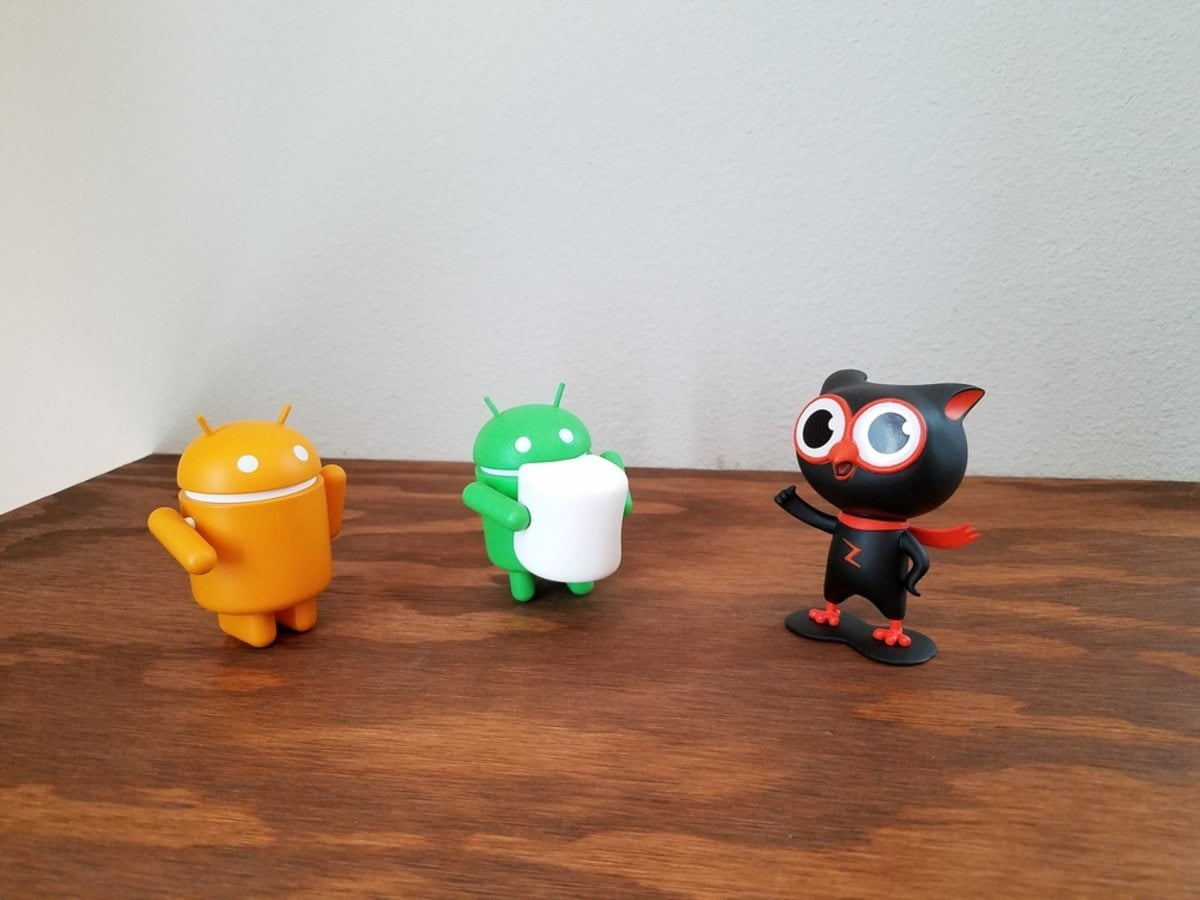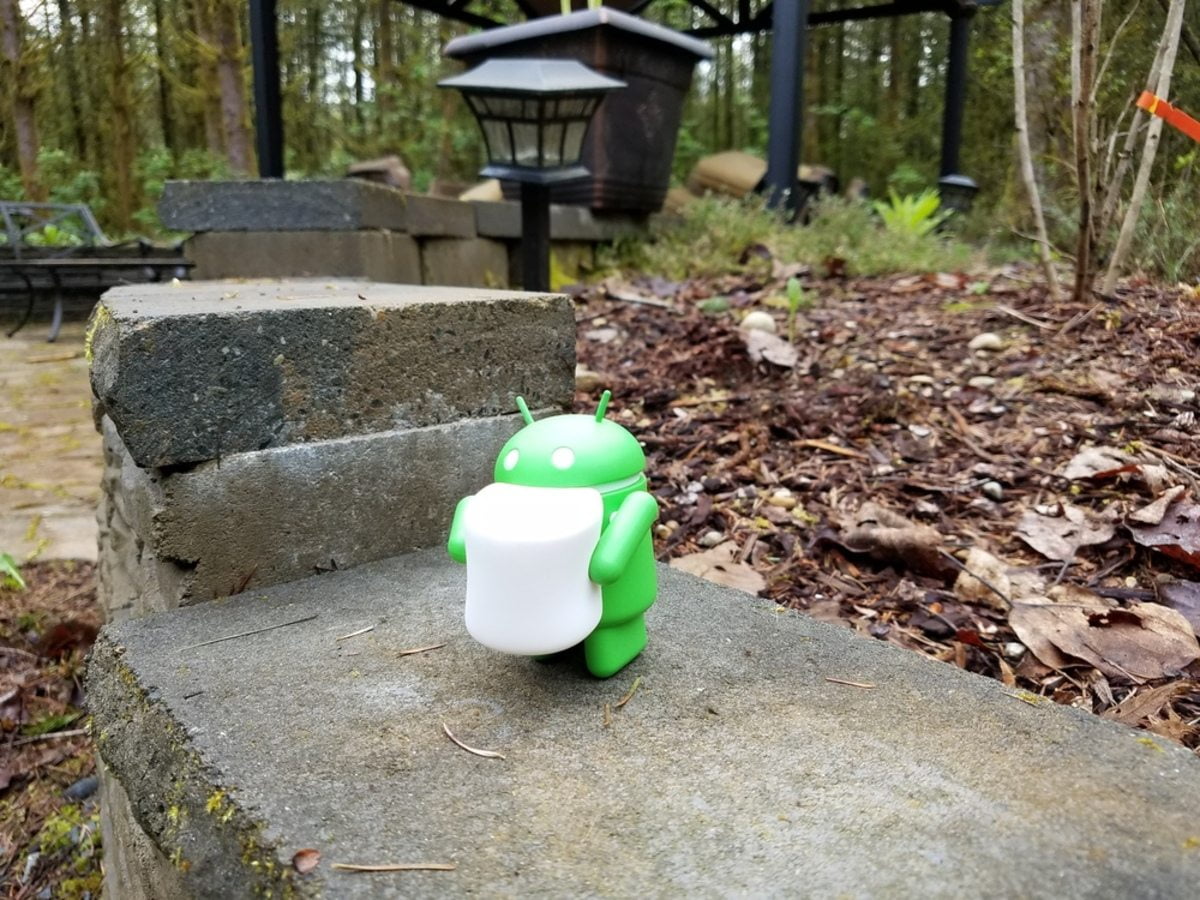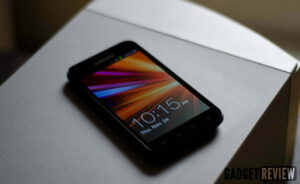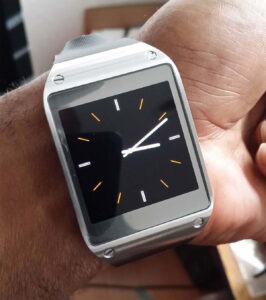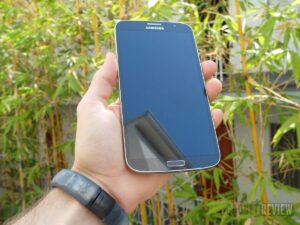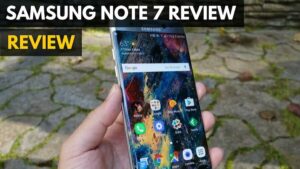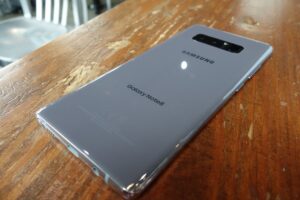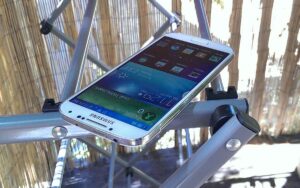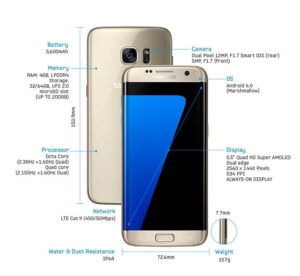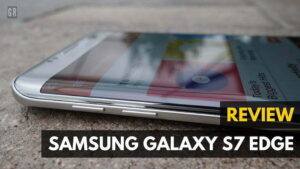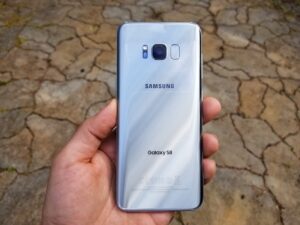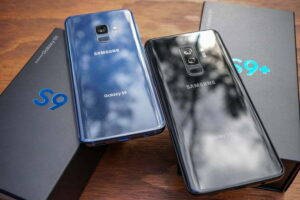Samsung’s flagship Galaxy launches always manage to make a big splash, and this year’s Galaxy S7 was certainly no exception. That is even when the refresh is much more of an evolution. Case in point, the new Galaxy S7 is almost a spitting image of last year’s best selling Android phone, the Samsung Galaxy S6.
Samsung’s approach was that of refinement, building on its newest design. Fortunately, the Korean giant did listen to many of the market’s criticisms last year. Let’s check out if Samsung perfected its flagship in our Galaxy S7 review.
But wait… is Galaxy S7 better than the Samsung Galaxy S7 Edge? well, lets find out in this Samsung Galaxy S7 Edge Review.
Overview
Price: $672 on Verizon
Available: Now
Model: Galaxy S7
What We Liked:
- Bright and vibrant S-AMOLED display arguably the best on a smartphone
- Dual Pixel camera auto-focus is lightning fast and impressive even in low-light
- Samsung reintroduced microSD expansion and IP68 water/dust-proofing into the Galaxy S line
What We Didn’t:
- The glass construction makes the Galaxy S7 one of the more fragile smartphones out there
- Samsung’s TouchWiz user interface still bogs down the software experience
Samsung Galaxy S7 Specs
| Display | 5.1″ Super-AMOLED QHD (2560×1440) |
| Chipset | Qualcomm Snapdragon 820 (quad-core, 2.15 GHz) |
| Memory | 4GB of RAM |
| Storage | 32GB/64GB internal and up to 200GB microSD expansion |
| Rear Camera | 12MP Dual Pixel, f/1.7 aperture, 1.4µm pixels |
| Front Camera | 5MP, f/1.7 aperture |
| Battery | 3,000 mAh (non-removeable) |
| Software | Android 6.0.1 with TouchWiz user interface |
| Colors | Black, White, Silver, Gold (depending the market) |
| Price | $672 |
Design
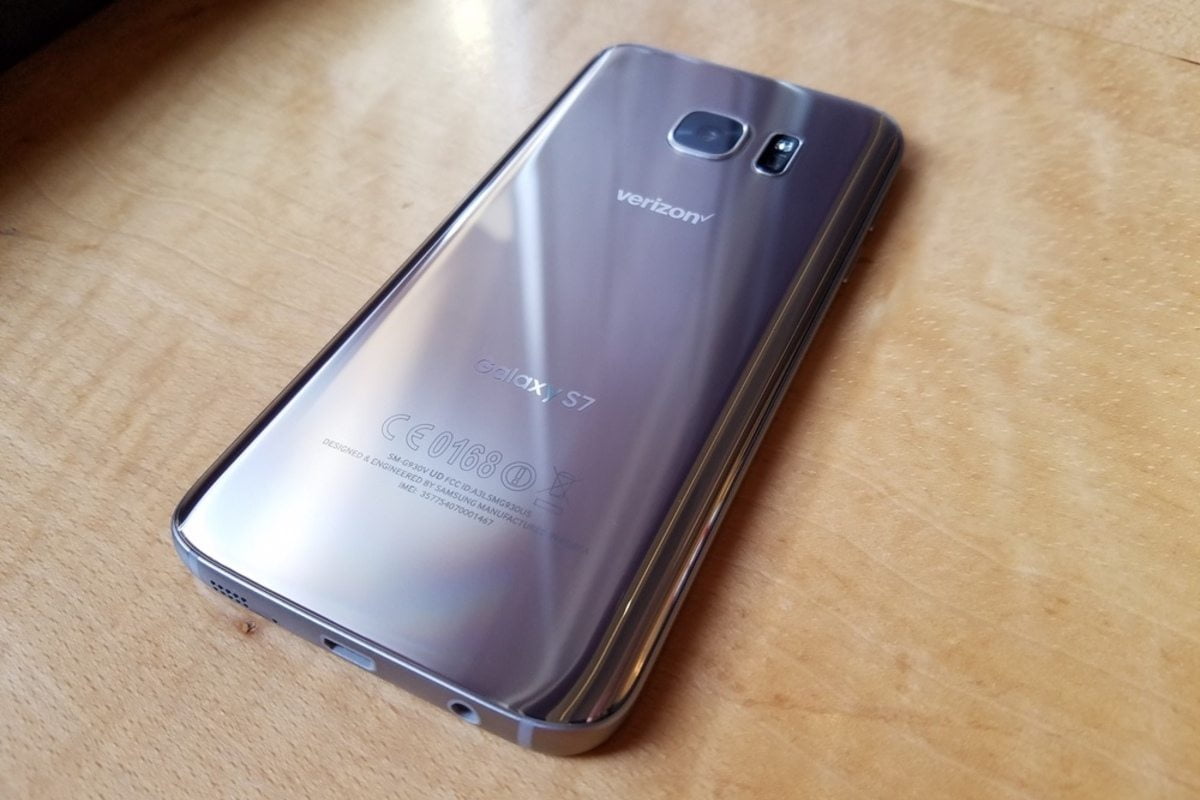
If you’ve checked out last year’s Galaxy S6, the new Galaxy S7 will look very familiar. The design/build are almost identical. We have the same rounded metal frame, which is sandwiched by glass panels on the front and back. That means that the body is slippery as ever and collects fingerprint smudges like there’s no tomorrow. Additionally, the same 5.1″ display size is maintained (at least, on the standard Galaxy S7), therefore, the phone’s footprint is nearly identical.
Read: [Best Smartphone 2016]
One notable difference is that the sides of the glass back curve into the frame. Samsung introduced this design cue on the Note5 and has carried it over to the Galaxy S7. The curves look fantastic and make for a better feel in hand, so we’re glad that Samsung has done it.
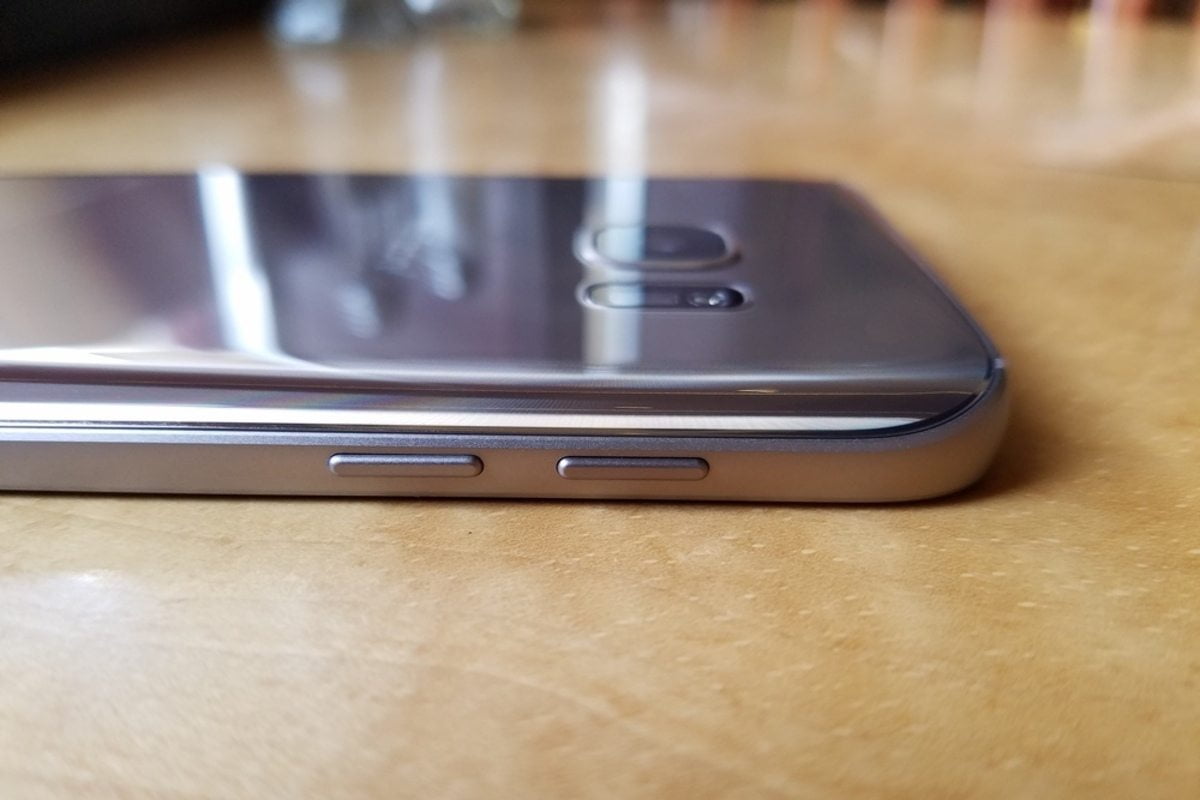
Another improvement on the back is the reduction of the camera protrusion. Many users weren’t a fan of the noticeable camera hump on the Galaxy S6. Samsung accomplished this by reworking the sensor and making the phone slightly thicker. The module isn’t completely flush with the chassis, but it’s really close.
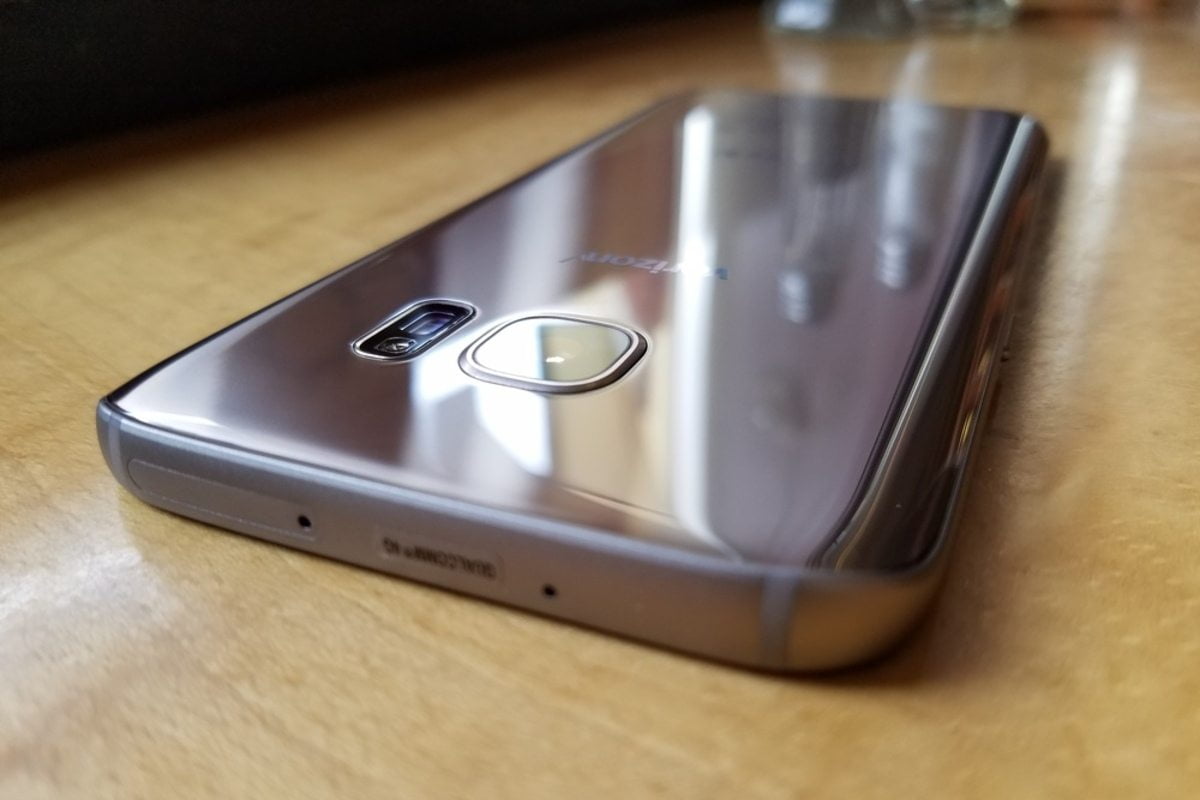
Samsung does a great job with minimizing bezel; the display dominates the front with a 72.1% screen-to-body ratio. As the front glass nears the metal frame, it too curves. The 2.5D contour is of course not as drastic as the sloping edges on the S7 Edge variant, but those who take notice will like the subtle eye-candy.
On the bottom, we have the familiar physical Home button that doubles up as a fingerprint scanner. Samsung has ever-so slightly increased its size from the S6 (the fingerprint recognition now works better than ever). And as usual, the Home button is flanked by a capacitive Back button on the right and Recent Apps button is on the left.
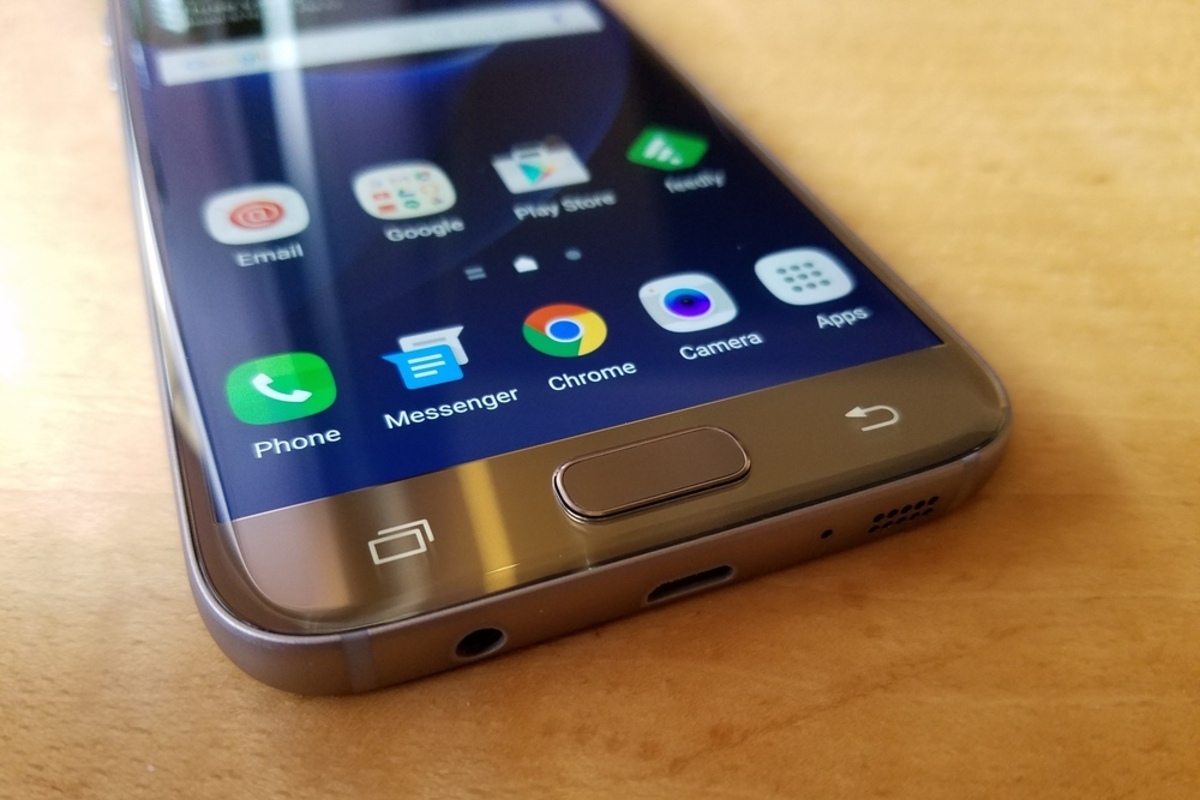
You’ll also still find the Power button on the right side of the frame and the volume rocker on the left. The tactile response of the buttons is just right; they are neither too hard nor soft to press.
Performance
Samsung renews its partnership with Qualcomm on the Galaxy S7, at least in some markets, such as the U.S. (other markets have Samsung’s latest Exynos chipset). That means that the bleeding edge Snapdragon 820 system-on-a-chip lies under the hood. Qualcomm’s current highest-end processor is a quad-core beast and uses the company’s newest graphics chip, the Adreno 530. It is also coupled with a whopping 4GB of RAM.
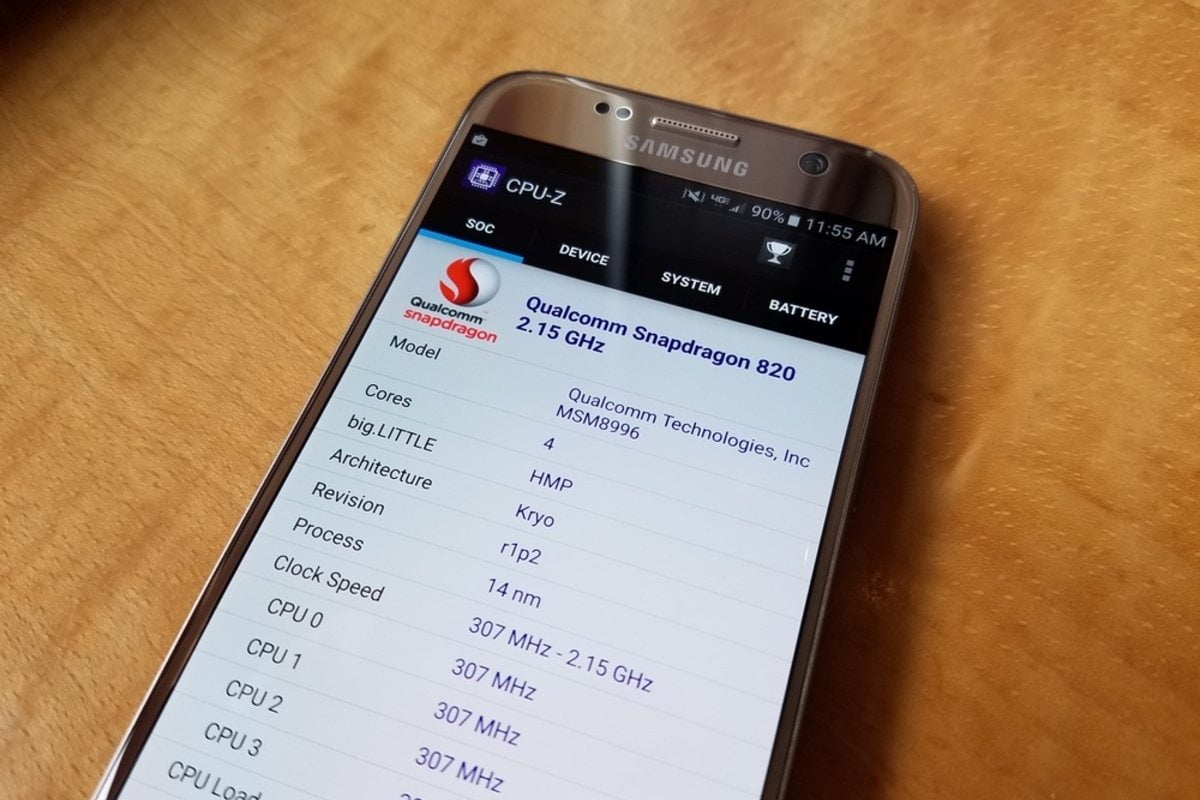
In short, this means that the Galaxy S7 is blistering fast. It eats up UI navigation, apps, and multitasking with ease. However, the performance is not 100% consistent. You do run into slight hiccups here and there. That’s assumingly not due to the hardware, but because Samsung’s heavy TouchWiz user interface (which we’ll discuss in the review’s Software section). The Nexus 6P, which runs on the older Snapdragon 810 chipset and stock Android, performs noticeably smoother/more fluid overall.
The on-board storage options are not expansive anymore (The Galaxy S6 was available with up to 128GB). Many carriers only offer the 32GB version, but a 64GB model does exist. Fortunately, microSD expansion makes a glorious return into the Galaxy S line. Users can add up to 200GB extra via a microSD card. The slot is built into the SIM tray on the top of the phone.
Yet another feature that makes a considerate return is water/dust-proofing. The Galaxy S7 is far from being a “rugged” phone, but an IP68 rating certainly helps. This means that the phone can supposedly survive submersion in up to 1.5 meters of water for 30 minutes.
Display
The Galaxy S7 continues to use Samsung’s leading Super-AMOLED display. Samsung manufacturers the panel itself and somehow manages to improve it each time. In other words, it’s as stunning as ever to view.
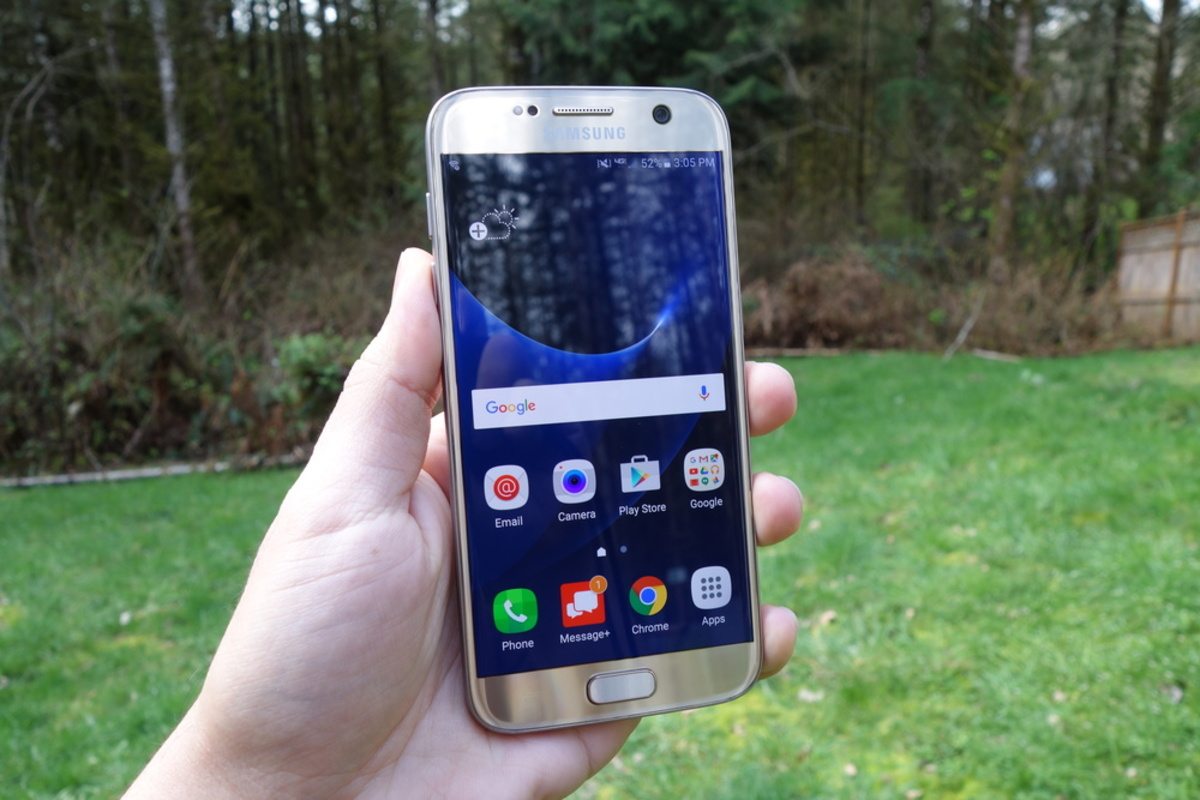
The color reproduction is balanced between vibrancy and accuracy. The screen can get impressively bright, so outdoor visibility is no problem (something that plagues lower-class AMOLED panels). Viewing angles are also second-to-none. There’s no quality degradation whatsoever when looking at the screen at even the most extreme angles. That means that anyone who glances over at your phone will catch the screen’s brilliance.
The Galaxy S7’s display remains at a 5.1” size. The pixel count is also still set at QHD resolution (2560 x 1440 pixels), so the image quality is crisp and clear as ever. This time around, Samsung finally joins the Always-On display club.
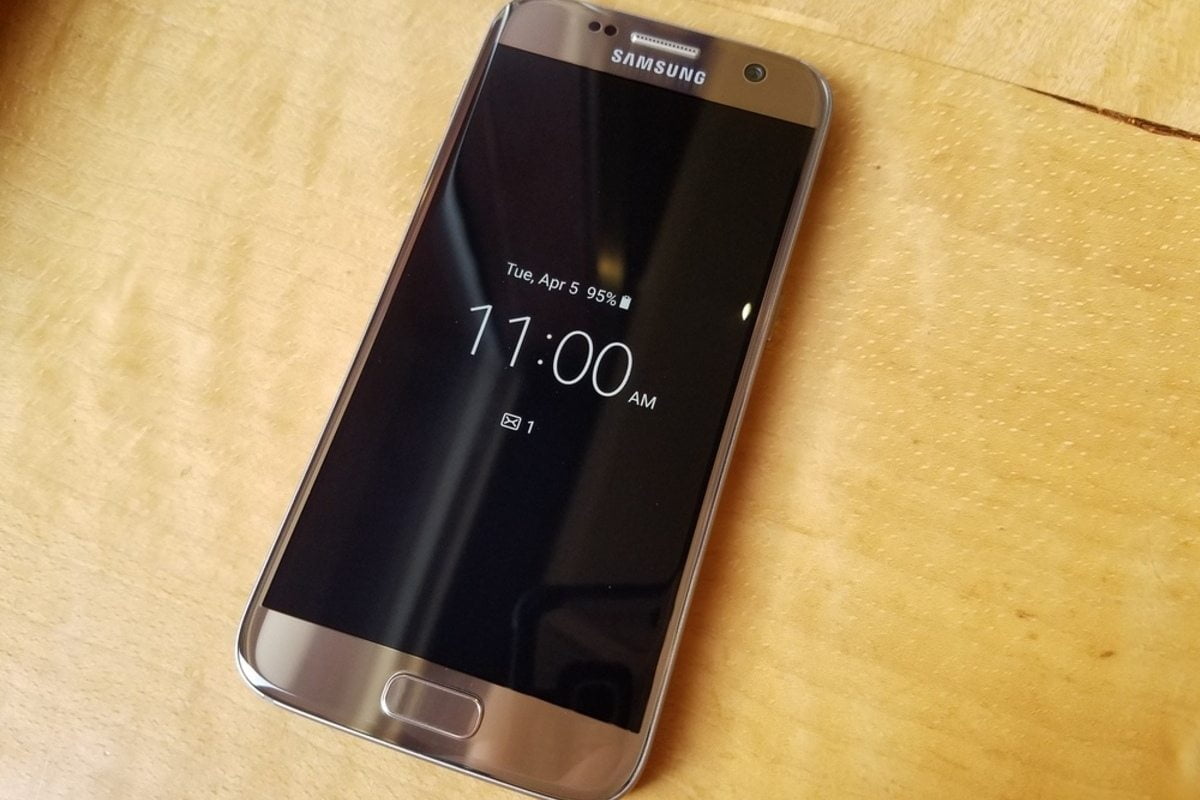
As implied, the Always-On feature leaves information on the screen when the phone is on standby, like the time, date, and battery percentage. Because the S7 has an OLED display, the impact on battery life is minimal (only the pixels that display the information are lit). It’s certainly a convenient feature, but we wish that it showed more notifications. As it currently stands, you’ll only see missed phone calls and text messages (that is, if you use Samsung’s messaging app). There are a vast array of other notifications that we can get in a day that Samsung’s Always-On display doesn’t show.
Camera
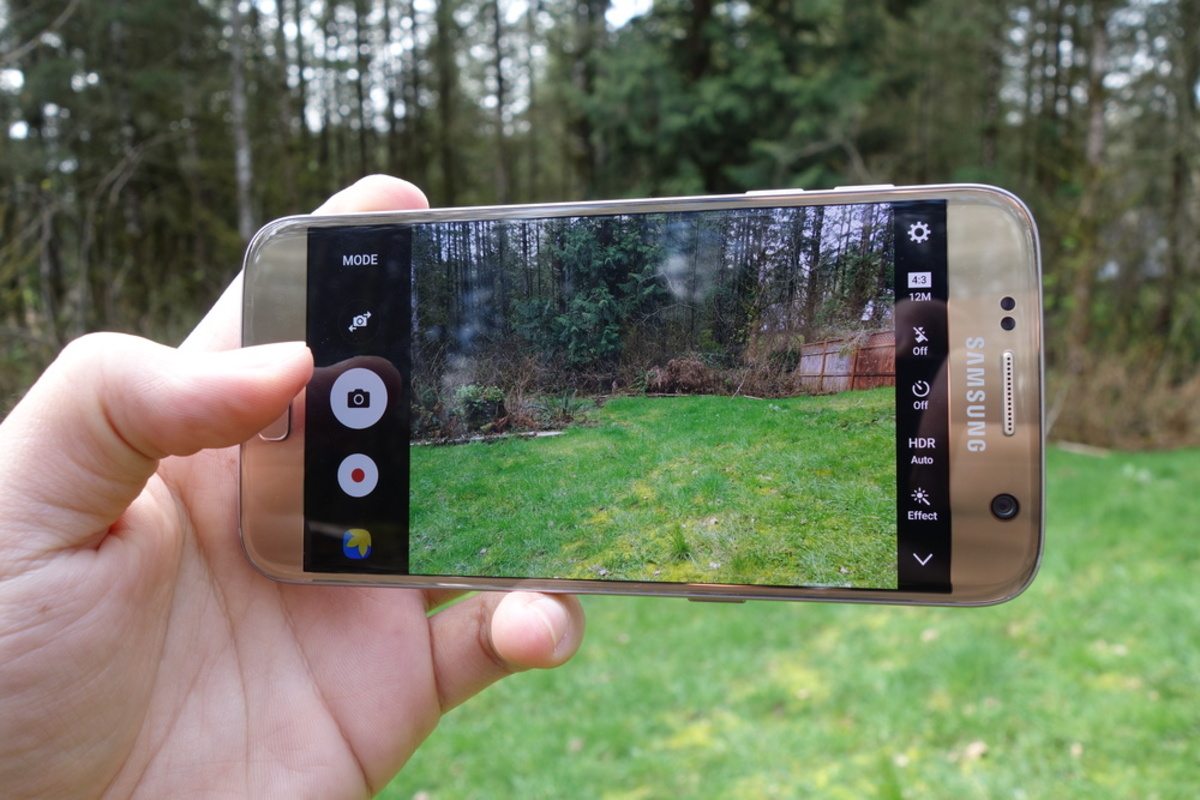
One of the Galaxy S7’s main upgrades from last year was the camera. The Galaxy S6’s camera was already impressive, but that didn’t mean that Samsung was going to stop. Two improvements that were focused on were low-light and auto-focus performance.
The new module lens size was increased from a f/1.9 aperture in the Galaxy S6 to f/1.7. But that’s not all. The pixels were also made larger. They’re now 1.4µm, as opposed to the standard size of 1.12µm. This means that the pixels are able to capture a lot more light than before.
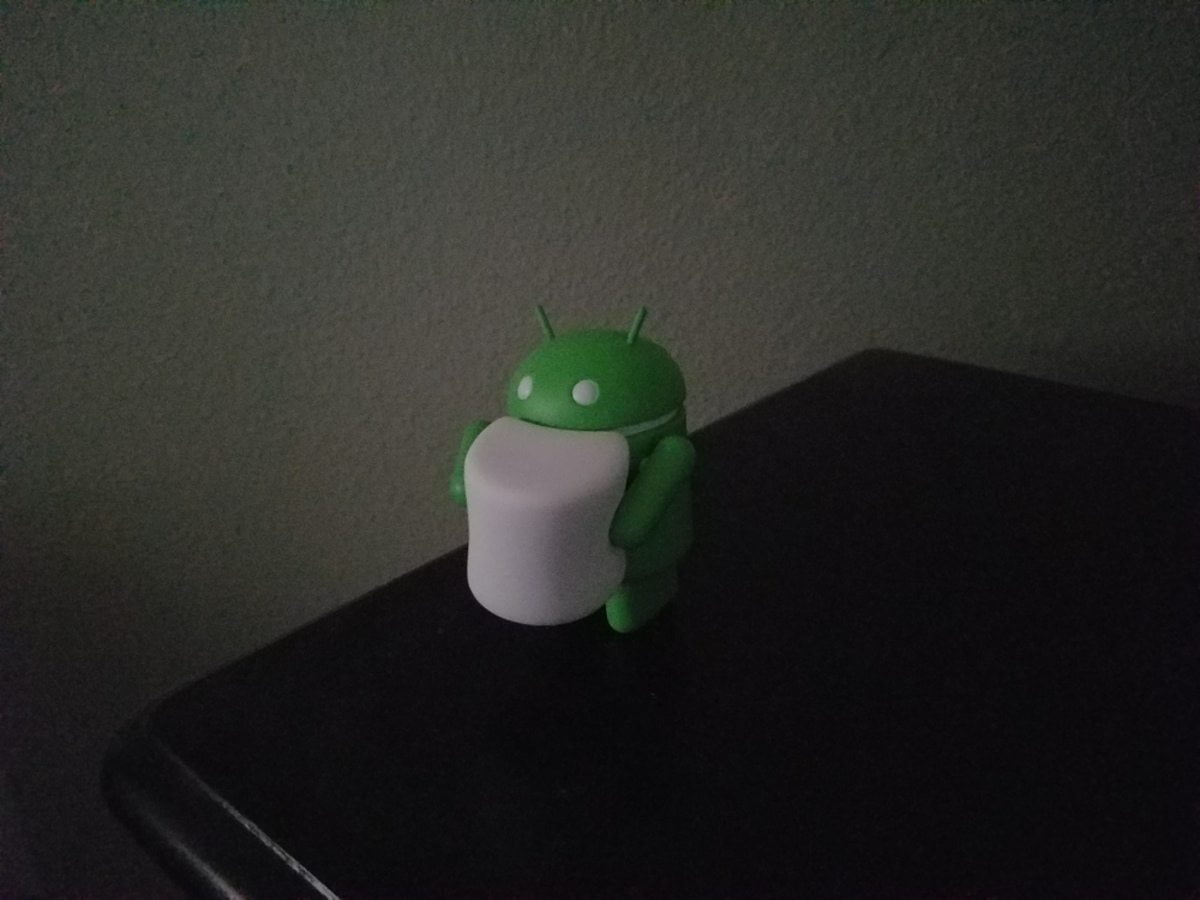
Samsung calls its newer/faster auto-focusing technology Dual Pixel. Essentially, each and every pixel in the sensor is split in half and can assist in focusing. In a typical sensor, only a handful of pixels do this. This makes the Galaxy S7’s auto-focus lightning fast. You can’t even see it happen in most conditions, it’s crazy fast.
The reproduction produces very sharp and colorful results. In order to pack the extra technology, the capture resolution had to drop to 12MP (from 16MP in the Galaxy S6). Although, that’s still plenty. Here are some camera samples.
Battery
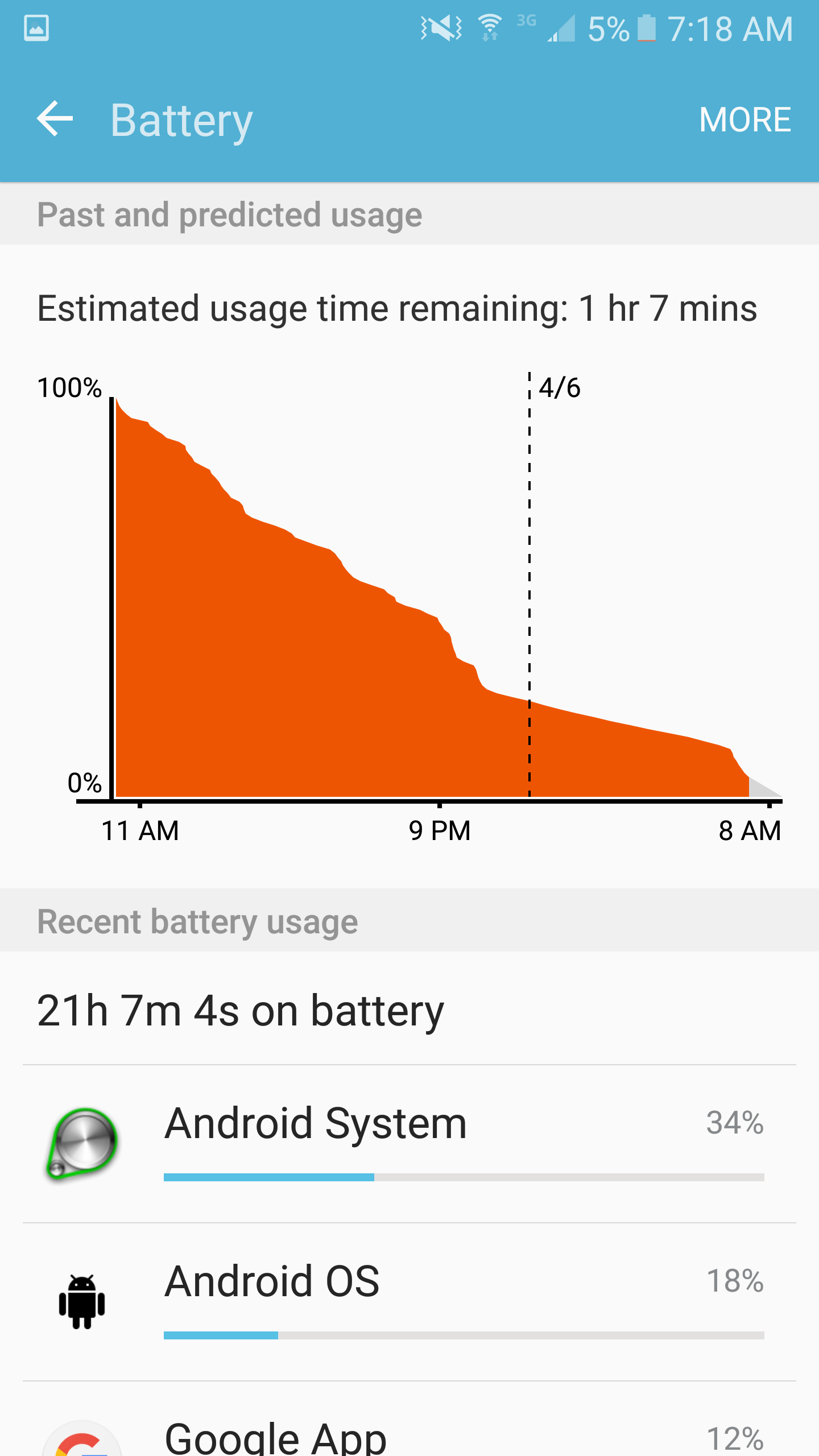 An example of the Galaxy S7’s battery usage over 21 hours. One of the biggest complaints about Samsung’s previous Galaxy S was the battery life. But that should now be a thing of the past. The Galaxy S7 packs a considerable 3,000 mAh capacity. That is in fact the same amount as the 5.7” Note5. Impressive.
An example of the Galaxy S7’s battery usage over 21 hours. One of the biggest complaints about Samsung’s previous Galaxy S was the battery life. But that should now be a thing of the past. The Galaxy S7 packs a considerable 3,000 mAh capacity. That is in fact the same amount as the 5.7” Note5. Impressive.
Therefore, this is a phone that should consistently get most people through a day, with a little to spare. And if you’re really in a bind, there are two tiers of power saving modes that reduce the phone’s background activity.
Everyone has different smartphone usage, so the battery usage graph isn’t completely telling. My usage was split between Verizon’s network and WiFi, while using common apps like Chrome, Maps, Camera, Facebook, Twitter, YouTube, Google Play Music, Feedly, and Messenger throughout the day. The battery drain was consistent and I had battery to spare at night. I would’ve expected the Galaxy S7 to do a little better on idle (that smooth slope on the graph above was while I was sleeping), but it’s not terrible.
Software
The Galaxy S7 packs the latest version of Android – 6.0.1 (Marshmallow). That means that some of Google’s recent goodies are now on board, such as Now on Tap and Android’s new permissions system. Albeit, in traditional fashion, it comes heavily skinned with Samsung’s TouchWiz user interface (UI). It too is a familiar experience if you’ve used a recent Galaxy device, but Samsung continues to refine and optimize its software’s efficiency.
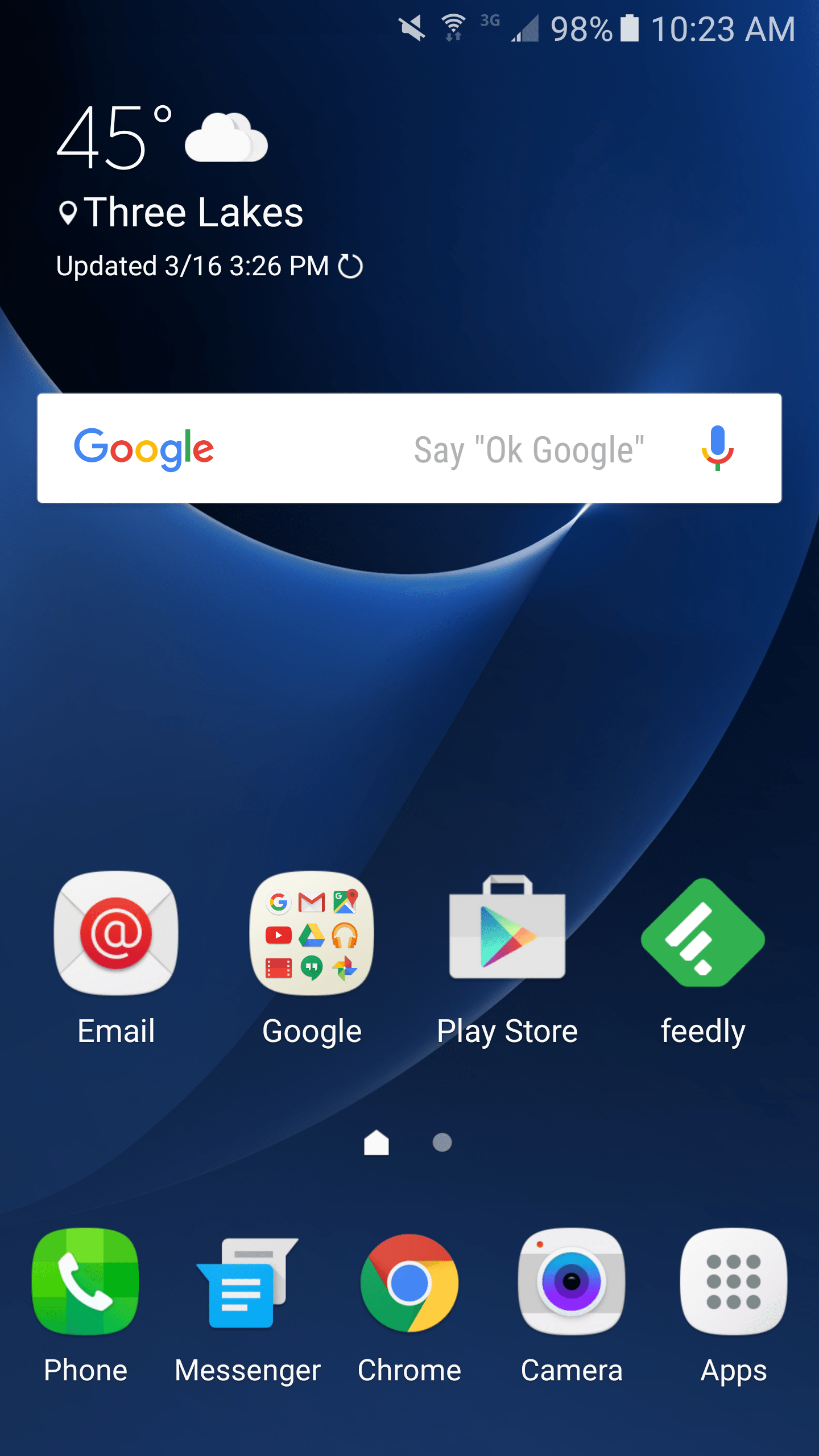
The far left panel still holds Samsung’s Briefing news widget, powered by Flipboard. It’s a nice touch if you love to have the news handy. Although, we wish that Samsung put a quick way to jump to the top after you’ve scrolled through all the content. The app drawer is a fairly standard, horizontal scrolling set of panels. Apps rack up at the end of the list as you install them. You can order them in alphabetical order with a button, but the setting is annoying not hard-set (meaning, you have to press it each time more apps come in).
UI navigation is fluid for the most part. However, I’m still getting the sense that it should be smoother in some instances. For example, scrolling in the browser or Google+ shows slight stutters here and there. It’s no way a laggy experience, but I feel like TouchWiz is holding back the capability of the processor. The pure, stock Nexus 6P (which uses last year’s Snapdragon chipset) is ever-so smoother overall.
Samsung copies Google’s Recent Apps carousel and adds a split-screen function for supported apps.
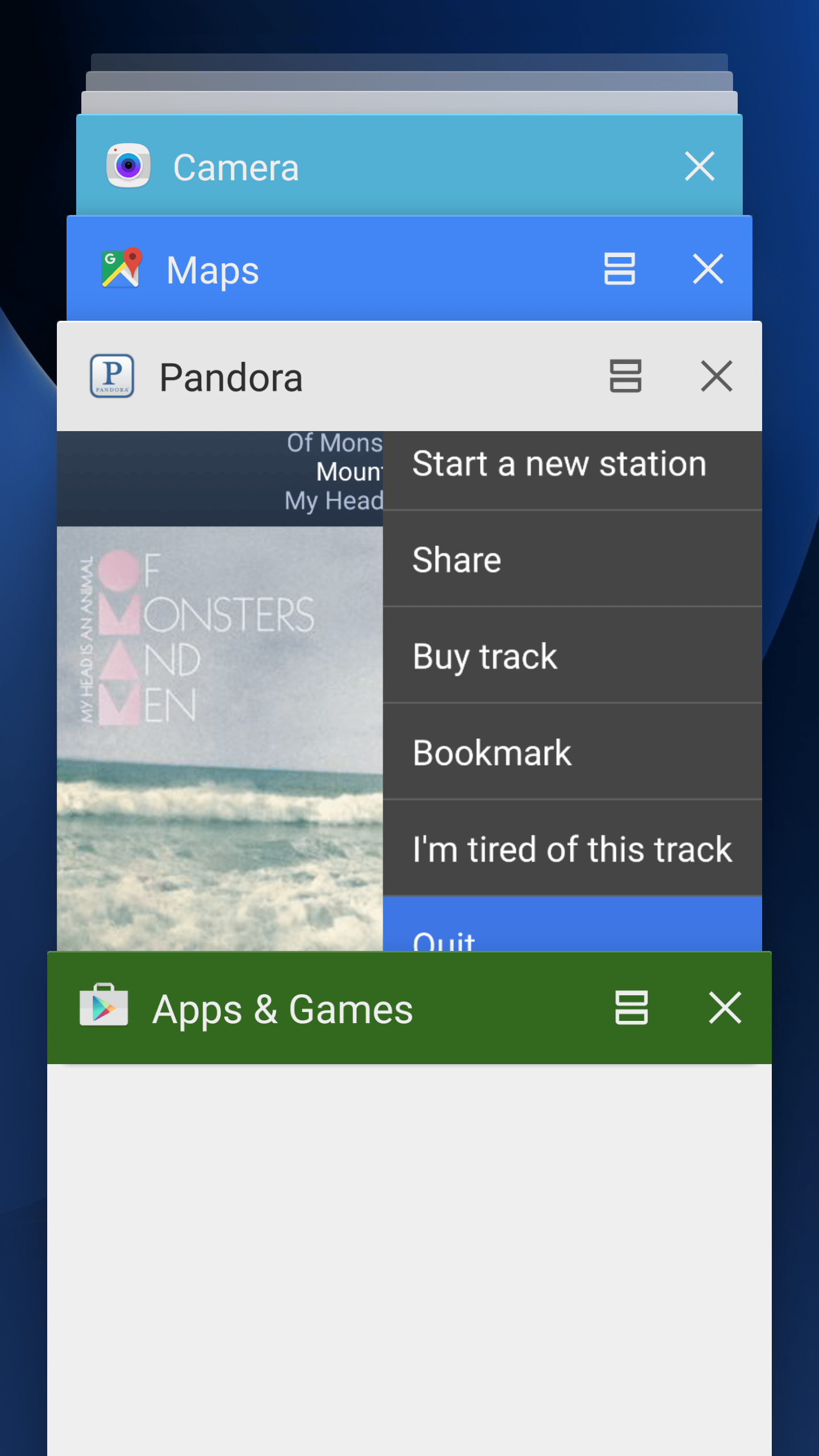
TouchWiz is as colorful as ever. You get some nice animations about the UI. The top notification pull-down expands out a few of the quick settings, and there’s a down arrow to show the multitude of available functions (which Samsung allows the user to rearrange).
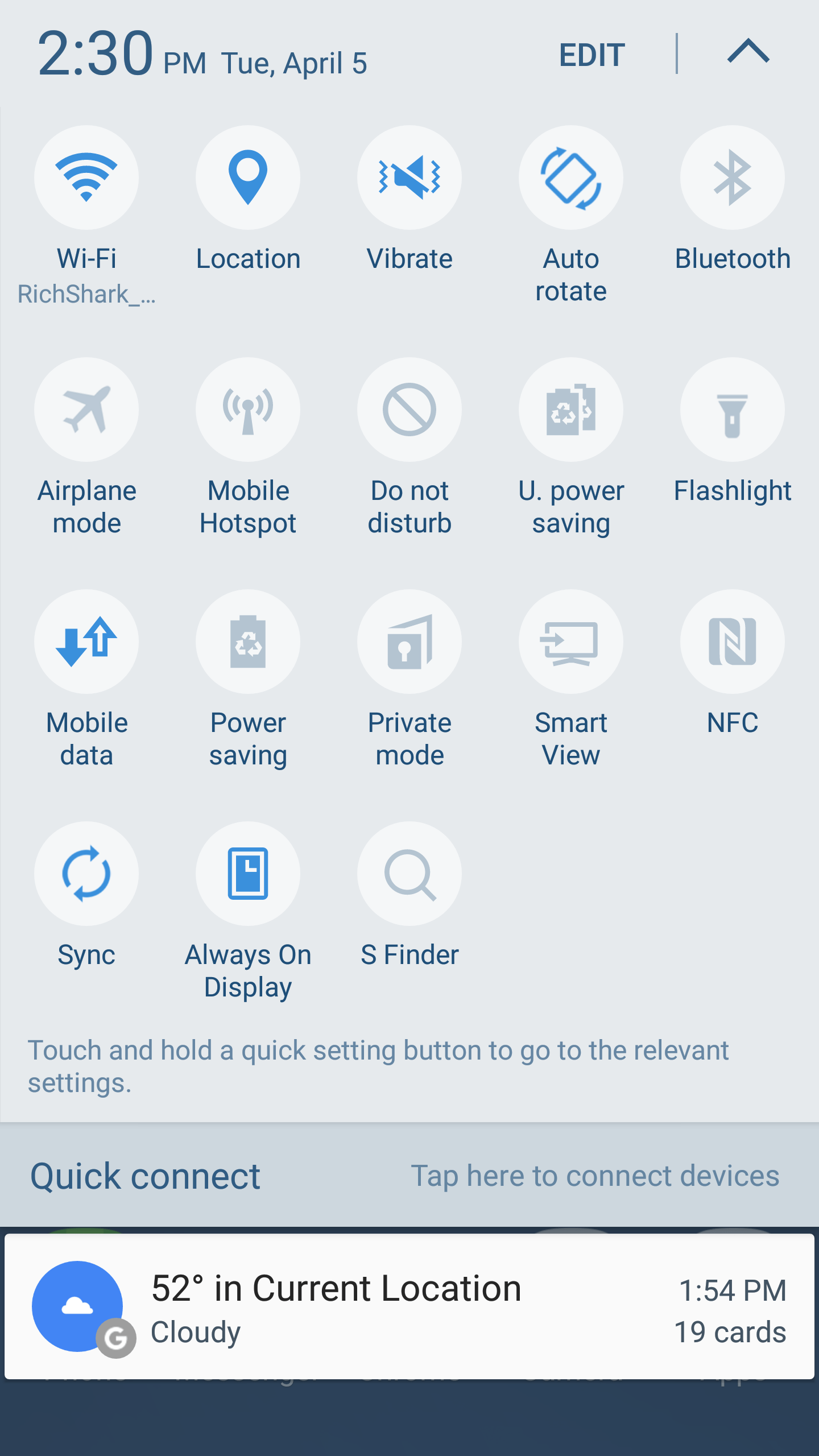
Long pressing on a home screen panel gives you shortcuts to setting wallpapers and widgets. However, this is where the custom functionality in TouchWiz really starts to show.
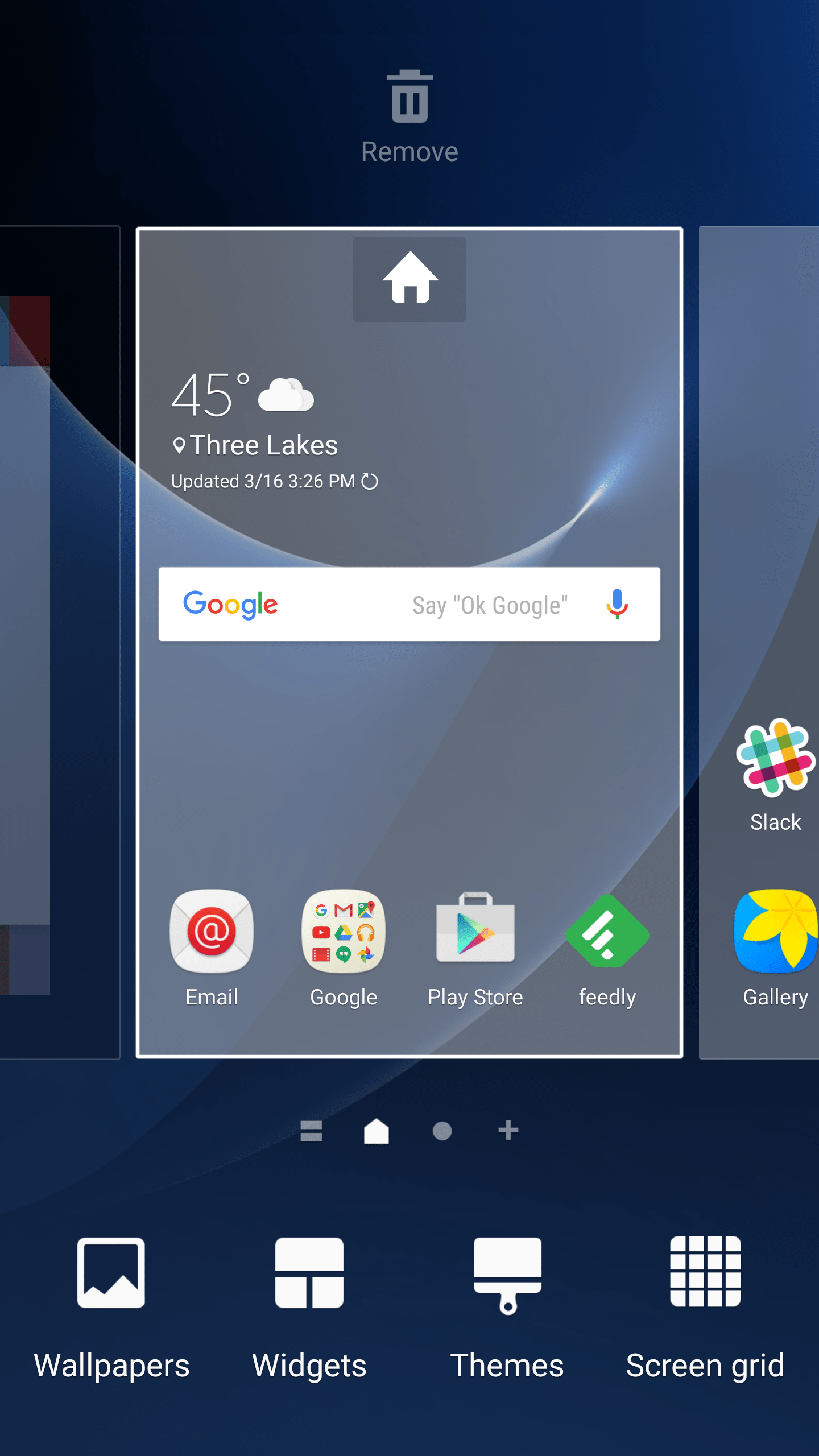
Samsung allows you to adjust the grid size of the panels, between 4×4, 4×5, and 5×5, depending on how many icons you like at a time. TouchWiz also has a Themes engine and a vast library of overhauled looks to choose from. Themes drastically change the aesthetics of UI; elements like the icons, fonts, and backgrounds can all get a distinctive style.
Numerous software tricks lie under the surface that many users may miss. Multi-Window can split the screen in half between two apps (only ones that are supported) for some serious multitasking. Swiping down from the top left or right corner will shrink the app down to a one-handed-friendly size. A nifty shortcut to quickly launch the camera is double tapping on the Home button. There’s also a couple convenient interactions, such as bringing the phone up to your ear to initiate a call or putting your hand over the screen to silence the phone. However, if you want an upgraded phone with a better memory and display, the Samsung Galaxy S8 Smartphone review presents a great option.
Samsung Galaxy S7 Review Final Thoughts
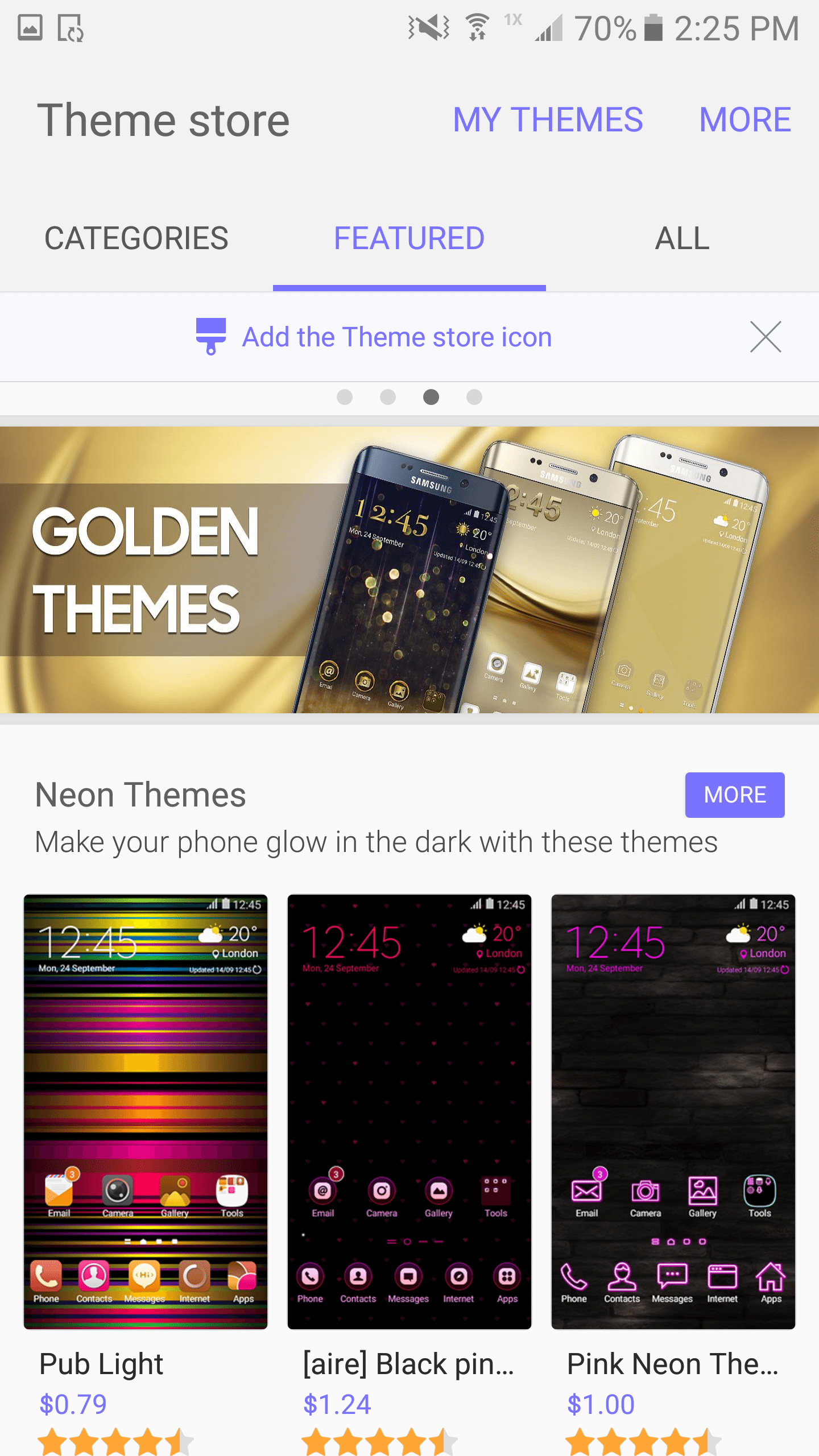
It may not seem like it on the surface, but the Galaxy S7 is a fantastic update. Last year’s Galaxy S6 was a great phone, but not without faults, and Samsung made all the right corrections to push the package closer to perfection. The sub-par battery life and lack of storage expansion are now thankfully a thing of the past, and the performance of the new camera blows even further past the competition.
Although, we can’t help feel that TouchWiz is still holding Samsung back. Even with a beast of a chipset, the UI is not as smooth as it can be. Samsung has supposedly lightened it up, but that fails to be seen. In its defense, TouchWiz does bring some nifty features that stock Android is missing, like Multi-Window and theming.

